Root causes and treatment resources.
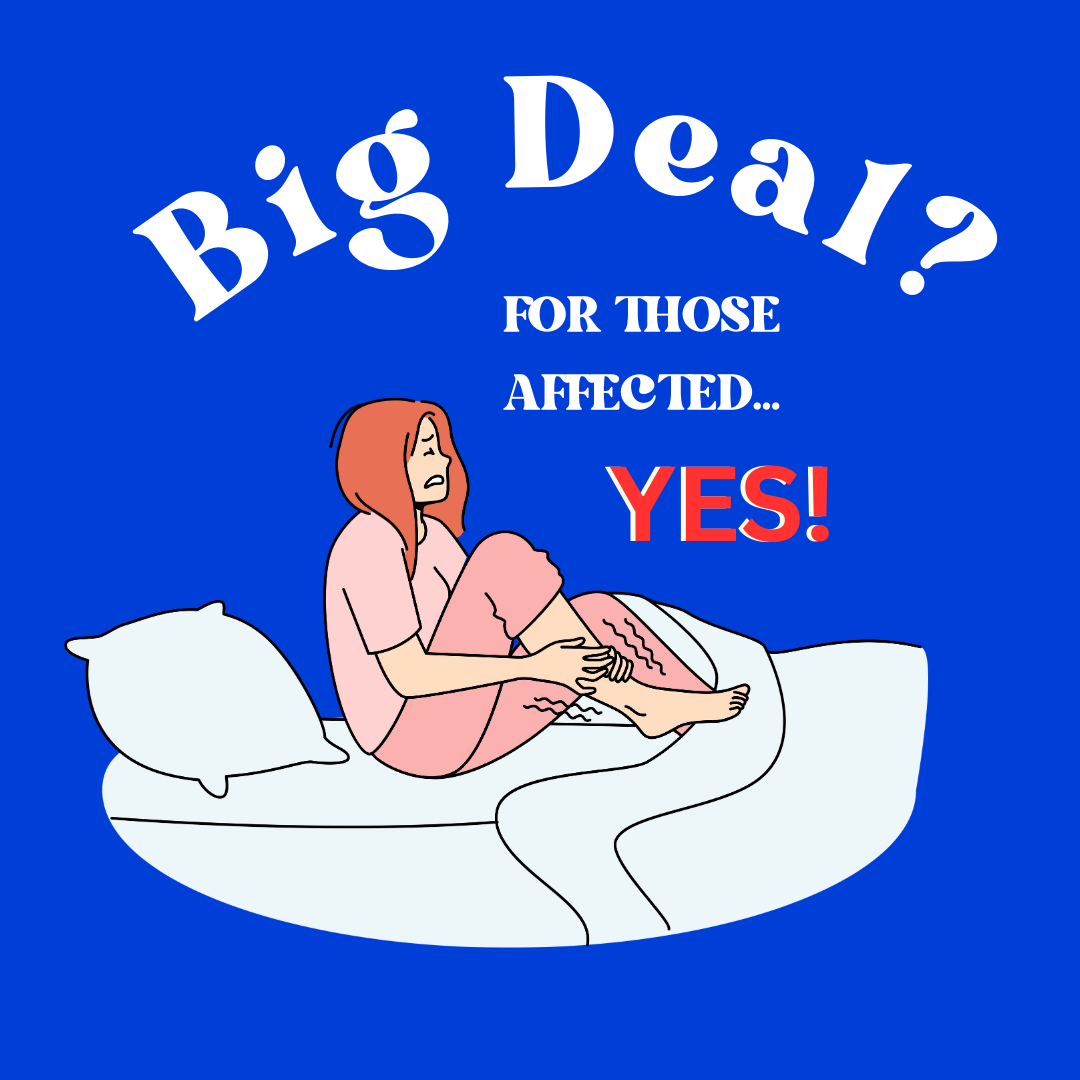
Last week’s article was on muscle cramps so I thought I would continue with a topic that is has some similarities, restless leg syndrome or RLS. You may not think this condition is a big deal if you or someone you love does not suffer from it, but to millions of patients worldwide, this is a “Big Deal”, because it is not easily treated, and the existing treatments often come with unwanted side effects. Additionally, RLS can significantly affect your overall health due to poor sleep.
What is the difference between leg cramps and restless leg syndrome? Muscle cramps are sudden, involuntary contraction or spasm of one or more of your muscles. They often occur after exercise or in the middle of the night, lasting a few seconds to several minutes. A few seconds can seem like hours as they are extremely painful if you have ever had them. Muscle cramps are a common problem.
As discussed last week, causes include muscle overuse, dehydration, mineral deficiency, and lack of blood flow to the muscle. Muscle cramps can often be treated by taking a calcium or magnesium supplement and electrolytes to correct these deficiencies.
On the other hand, RLS is a neurologic disorder characterized by throbbing, pulling, creeping, or other unpleasant sensations in the legs and the uncontrollable urge to move them. Symptoms occur primarily at night when a person is relaxing or at rest and can increase during the night. Moving the legs relieves the discomfort. The sensations range in severity from uncomfortable to irritating to painful.
Restless Leg Syndrome or RLS presents its self as nighttime leg cramps, a widespread complaint by patients. The definition of RLS is a patient experiencing symptoms at least five times per month. In a recent study, 3% of patients younger than 30 years old, 10% of 30-79-year-olds, and 19% of those over 79 suffer from RLS. Overall, 7-10% of the population are afflicted.
When it comes to restless legs, the treatment is more complicated than muscle cramps. Some of the primary causes include; iron deficiency, peripheral neuropathy, dopamine deficiency.
Iron deficiency can be due to a lack of nutrients in the diet or our inability to absorb the nutrients. In patients with iron deficiency, repleting the iron stores bringing them back to normal can resolve RLS in about 2/3 of patients. Having a patient take an oral iron supplement may not be the answer as some patients may require an injection or infusion due to lack of gastrointestinal absorption.
Dopamine is an area of treatment that has been around for many years. Patients with RLS have dopamine cells in the brain that are dying, and they have fewer receptors. This is where medications that increase dopamine can be useful. Treatment with dopamine-producing drug-like pramipexole or ropinirole can help achieve a response.
Peripheral neuropathy or nerve pain in the legs can also be a cause. The treatment options include pregabalin (Lyrica) and gabapentin, which help reduce overall symptoms. They can be an effective treatment for both RLS and the pain associated with neuropathy. The above three primary causes of RLS are the current standard of care for treatment.
Secondary causes of RLS include; SIBO, inflammation, and endorphin deficiency. These are non-conventional avenues of treatment for RLS but have data to support treatment consideration.
I have written about small intestinal bacterial overgrowth (SIBO) in the past, and this is an area to consider, especially if you suffer from gastrointestinal issues. SIBO can adversely affect the microvilli in the gut, which could affect the absorption of nutrients, including iron. With low iron being a risk factor for RLS, treating SIBO could resolve the ongoing iron deficiency.
The test for SIBO entails taking either glucose or lactulose in the morning and then testing your breath every 15 minutes to determine elevations of hydrogen or methane. If you have SIBO, those levels will be elevated due to the reaction of the sugar with the bacteria causing fermentation which creates gas.
Several studies have shown an increase in inflammatory markers, such as CRP, coincides with RLS. Chronic disease and illness often have their roots in inflammation in our bodies, and it appears that RLS is another condition that might benefit from an inflammation-reducing protocol.
Studies have looked at endorphin levels in RLS patients and have found endorphin deficiency as a potential factor in disease development. Correction of endorphin deficiency can be achieved by using low doses of an opioid receptor blocker, naltrexone. Naltrexone increases both endorphins and met-enkephalin, which studies show lower inflammatory markers over time.
Patients with RLS are twice as likely to suffer from a stroke or heart disease. Is this from lack of sleep or the underlying inflammation that can be a source of the disease? These are questions that will require ongoing research.
What can you do today to help with RLS? Start with your diet and eat right.
Cut out processed foods and sugar, which are sources of inflammation.
Have your provider test your iron levels. Consider taking calcium, magnesium, or a prescribed medication.
Rule out SIBO with testing and if positive, treat with prescription antibiotics or OTC botanicals to knock down the bacteria.
Another good option is the use of low dose naltrexone or LDN. When looking at the potential causes of RLS, this medication addresses inflammation, low endorphin levels, and can increase dopamine, essentially it is a triple threat that has been shown to be a safe option for many disease states. Having the knowledge and tools to treat RLS can be empowering to those suffering with this dreadful condition.
If you struggle with restless leg syndrome and would like help in navigating treatment options, call the pharmacy @ 701-483-4858 to schedule a consultation. Please visit my website at www.irsfeldpharmacy.com to see this and other archived articles in the blog section.
Until next time, be vigilant about your health!!
VISIT US
HOURS
HOURS
CONTACT US
Fax #: (701) 483-4926


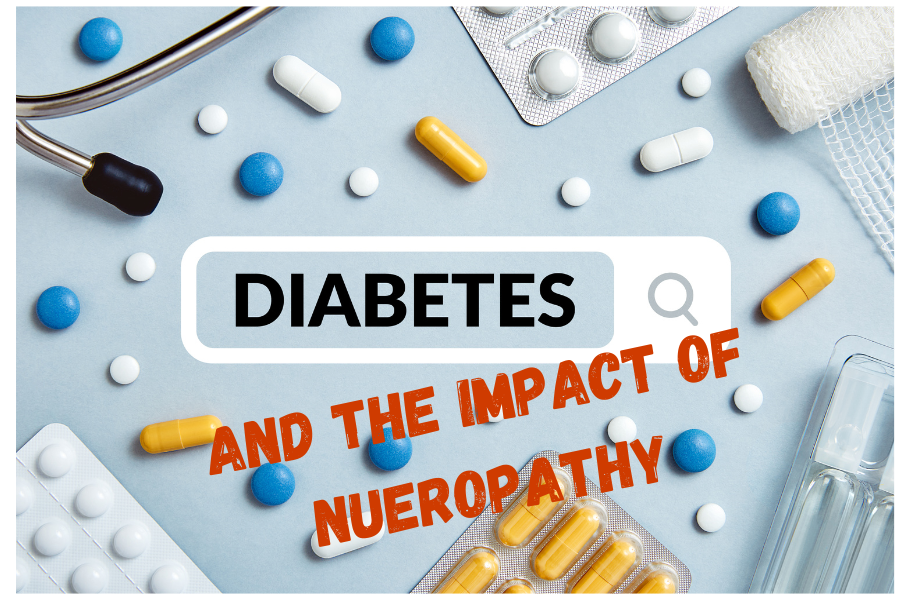


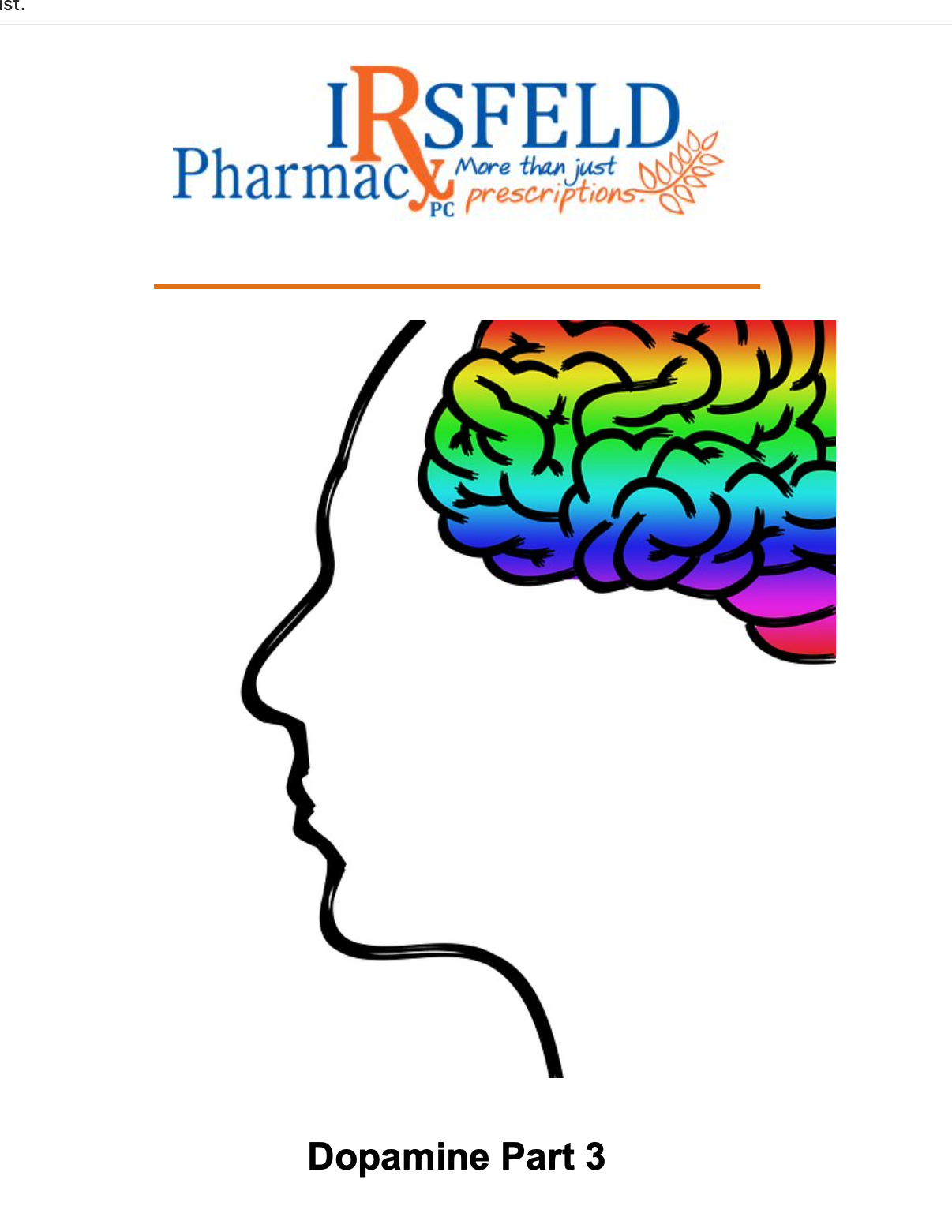

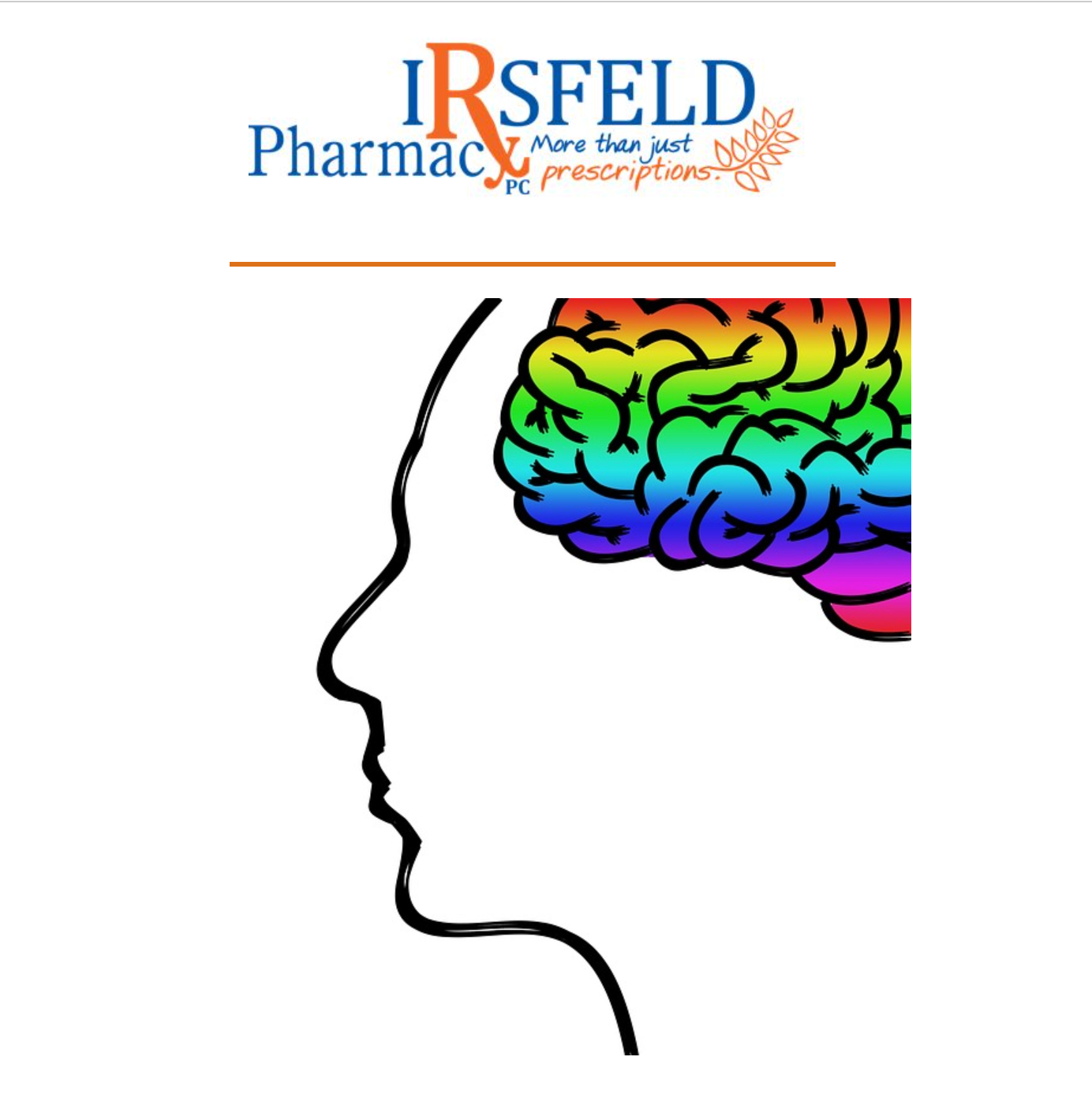
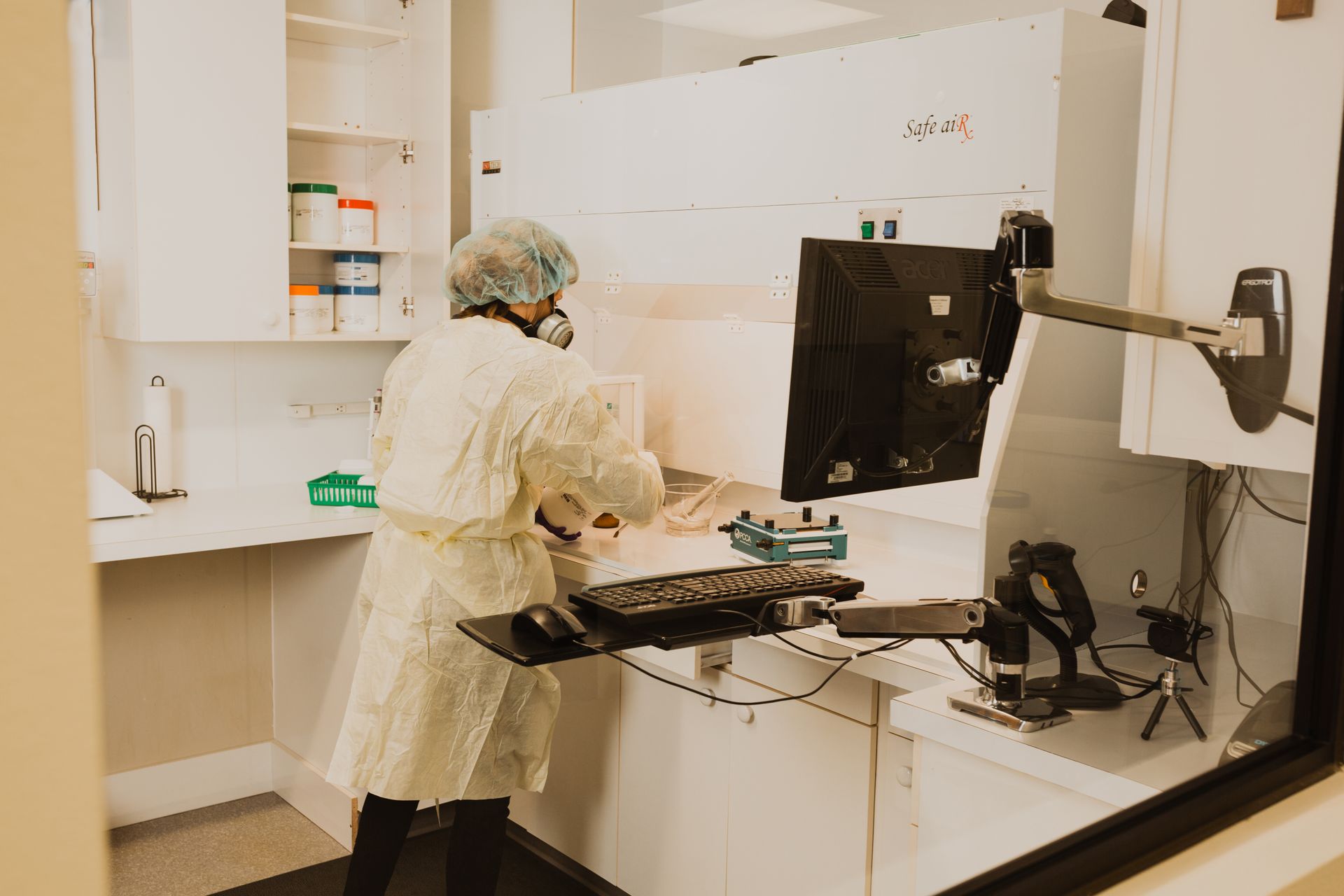


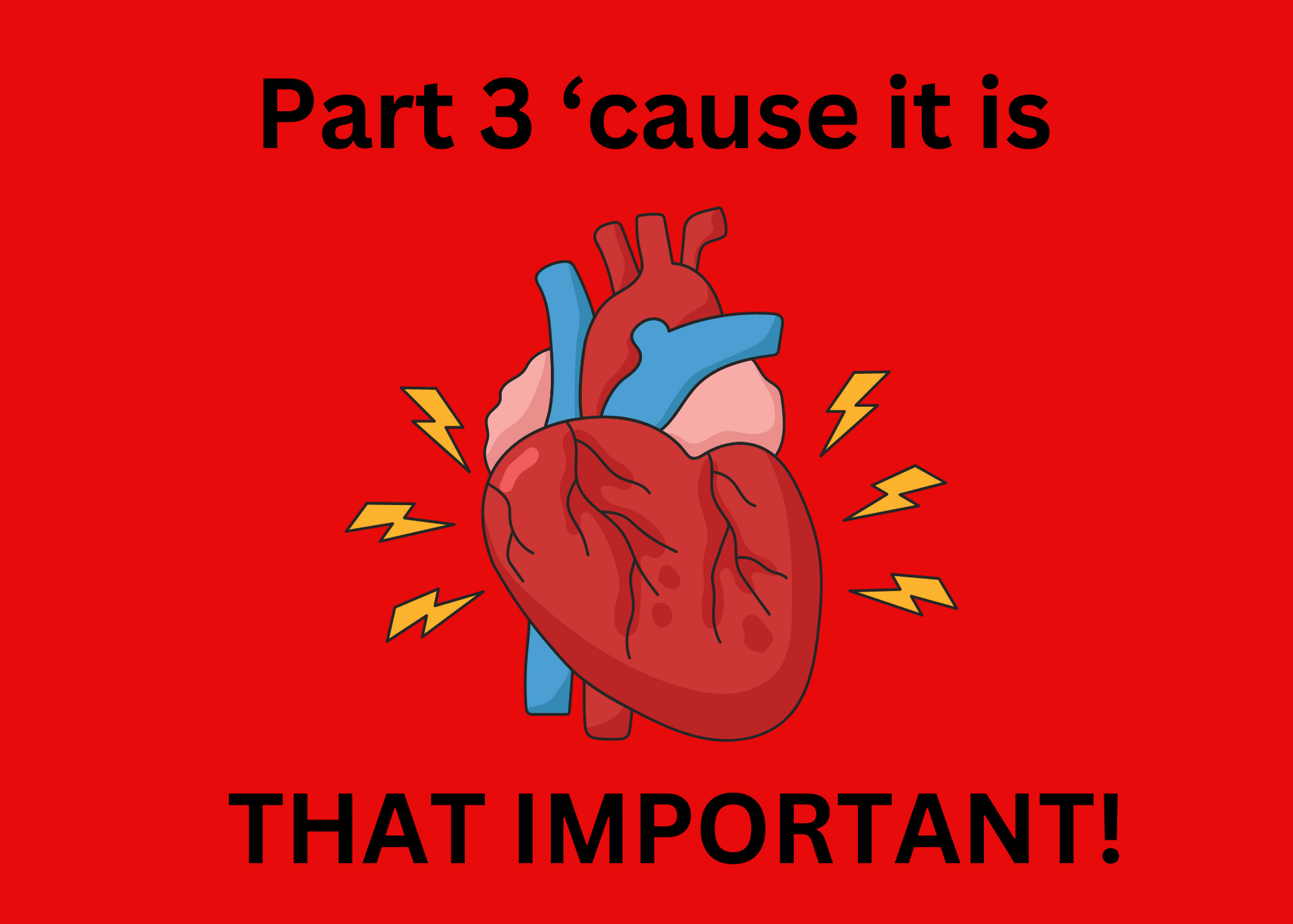
Share On: